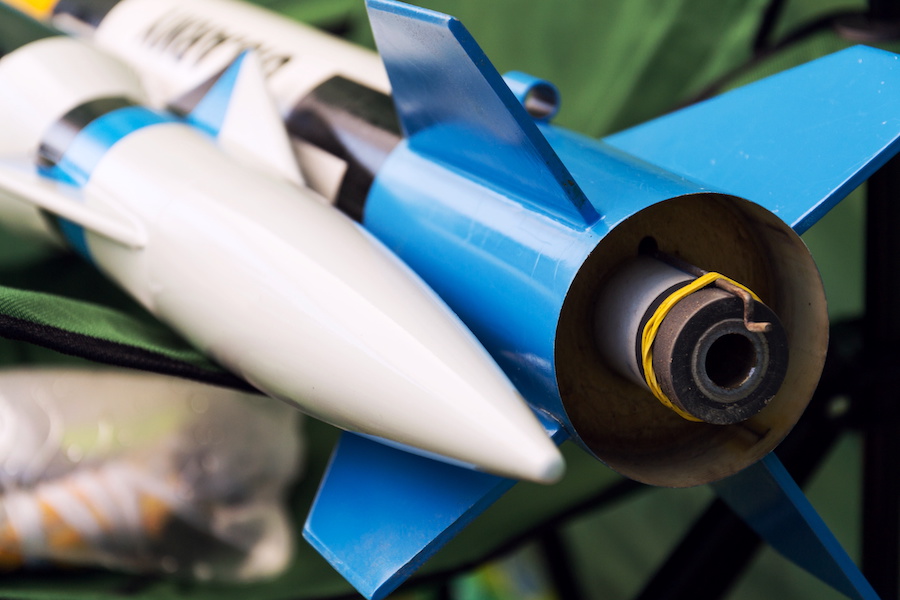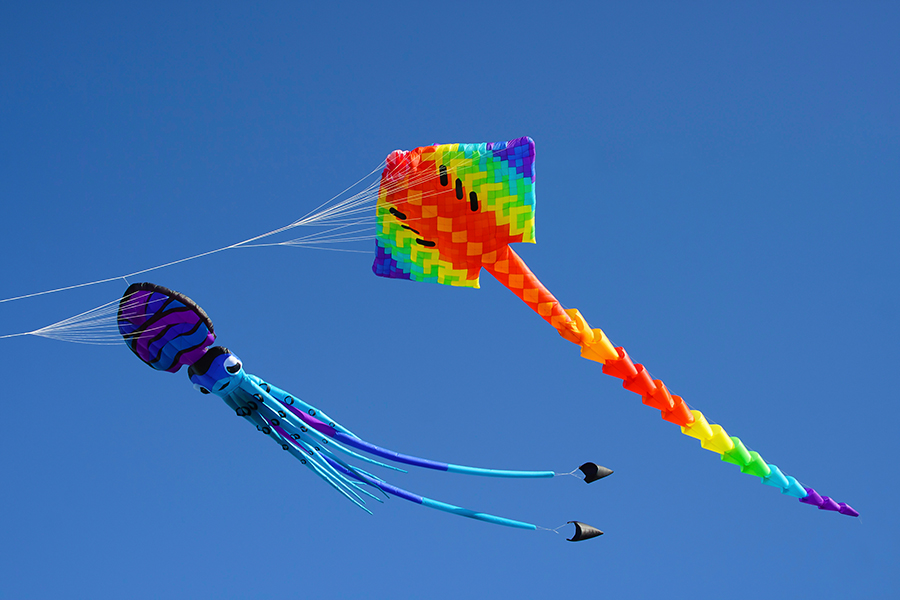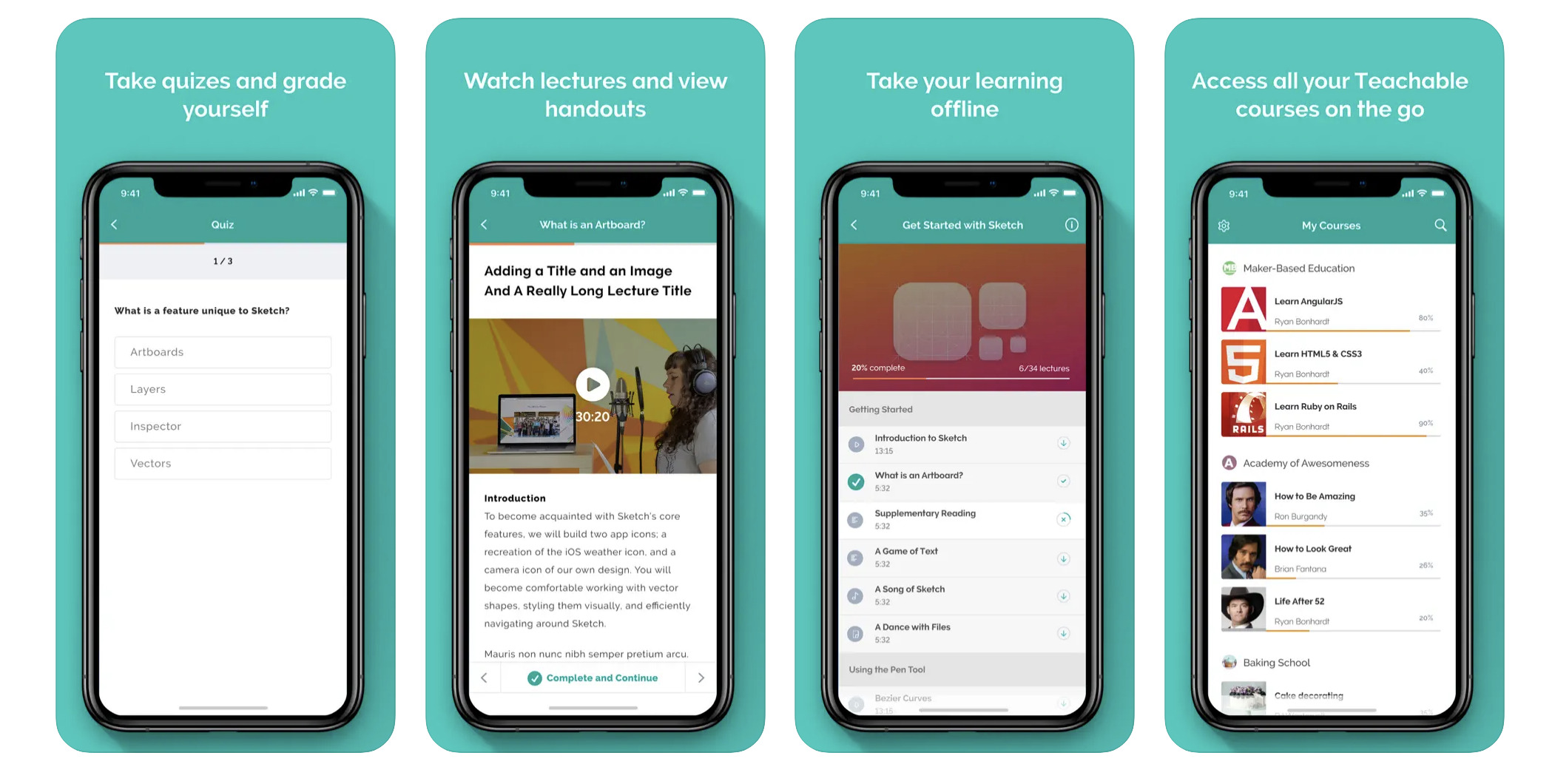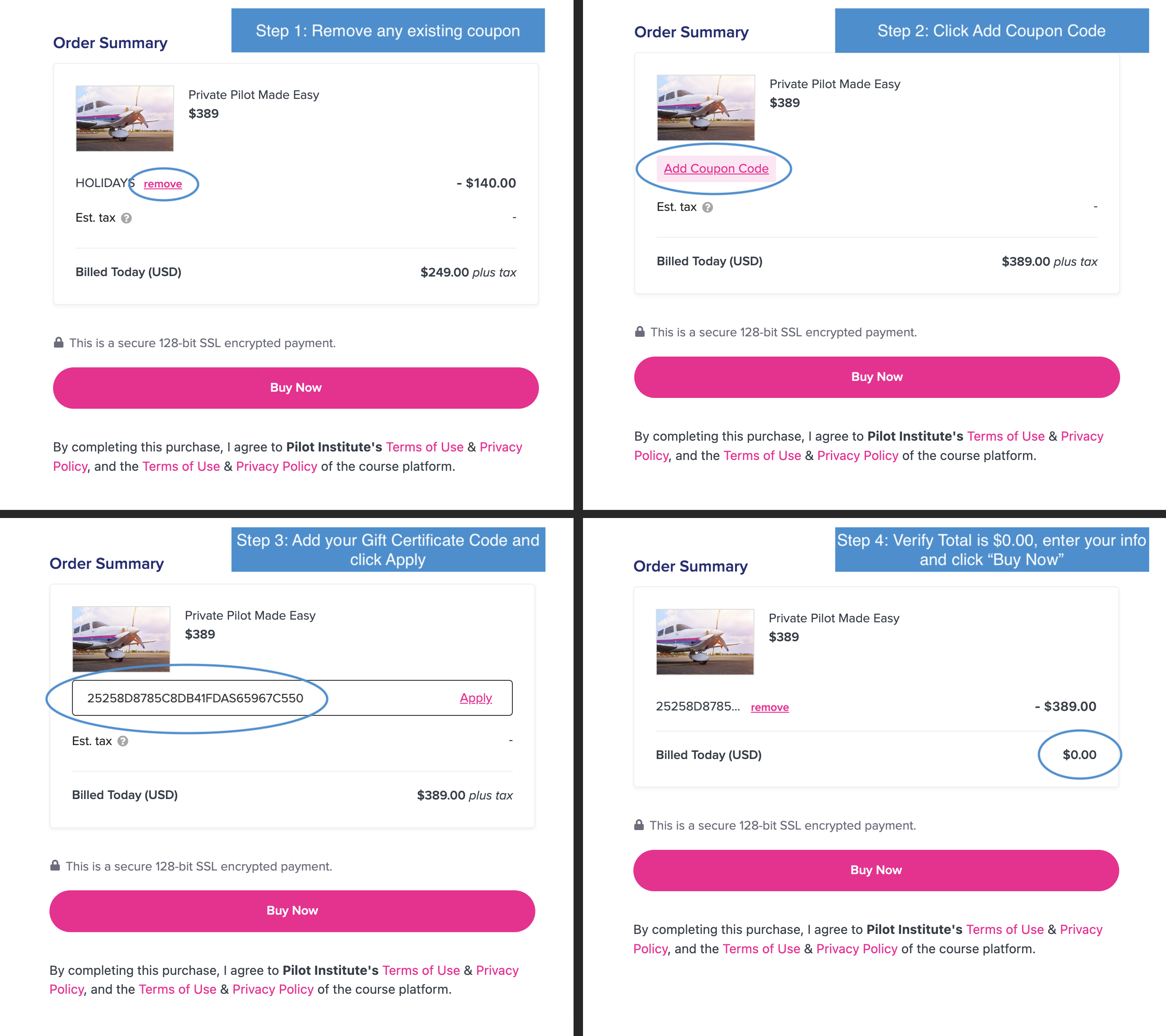-
Which aircraft fall under Part 101 rules?
-
General regulations
- Restrictions against hazardous operations
- Operations in restricted or prohibited areas
- Waivers
-
Operations of moored balloons and kites
- Operational limitations
- Requirement for rapid deflation
- Operations between sunrise and sunset
- Flight above 150 feet
-
Operations of amateur rockets
- Classification of amateur rockets
- Operational limitations
- ATC notifications
- Authorization requirements
-
Operations of unmanned free balloons
- Operational limitations
- Equipment requirements
- Operations between sunrise and sunset
- Requirement for prior notice
- Regular position reporting
-
Final thoughts
The Federal Aviation Administration (FAA) regulates the airspace across all of the United States and that includes unmanned balloons, kites, and rockets. These are regulated under Part 101 rules, which we discuss below.
Which aircraft fall under Part 101 rules?
Part 101 currently covers four types of aircraft:
- Any balloon that is moored to the surface of the earth or an object thereon and has a diameter of more than 6 feet or gas capacity of more than 115 cubic feet;
- Any kite that weighs more than 5 pounds and is intended to be flown at the end of a rope or cable;
- Any amateur rocket except aerial firework displays;
- Any unmanned free balloon that (i) carries a payload package that weighs more than four pounds and has a weigh/size ratio of more than three ounces per square inch on any surface of the package, (ii) carries a payload package that weighs more than six pounds, (iii) carries a payload of two or more packages that weigh more than 12 pounds, or (iv) uses a rope or other device for suspension of payload that requires an impact force of more than 50 pounds to separate the payload from the balloon.
Part 101 contains a few restrictions and regulations that apply to all four aircraft types mentioned above. However, a bulk of the law pertains to regulations that are specific to each aircraft type.
General regulations
The first few sections of Part 101 pertain to general rules that apply to all the aircraft types covered by the law. These are fairly simple regulations that should feel familiar to anyone who has ever dabbled in aviation.
Restrictions against hazardous operations
As is the standard for aviation laws, Part 101 forbids the operations of any moored balloons, kites, amateur rockets, or unmanned free balloons in a manner that may pose a hazard to other persons or their property. This rule also applies to the act of dropping an object from such aircraft if such action creates a hazard.
Operations in restricted or prohibited areas
The operations of moored balloons, amateur rockets, or unmanned free balloons are forbidden in prohibited or restricted areas unless permission from the controlling agency has been granted. The standard classification of restricted or prohibited airspace also applies here. These areas pose exceptional hazards to any aircraft.
Waivers
Operations that do not comply with the rules written in Part 101 can be done legally only upon the granting of a certificate of waiver issued by the FAA Administrator.
Operations of moored balloons and kites
Part B or Sections 101.11 to 101.19 pertain to the regulations on the use of moored balloons and kites. We discuss some of these requirements below.
Operational limitations
Section 101.13 forbids the operation of a moored balloon or kite (i) less than 500 feet from the base of any cloud, (ii) more than 500 feet above the surface of the earth, (iii) from an area where the ground visibility is less than three miles, or (iv) within five miles of the boundary of any airport.
An exception to all these rules applies for operations that take place within 250 feet and below the top of any structure, given that it does not obscure any of the structure’s lights.
Requirement for rapid deflation
All moored balloons most have a rapid deflation device. This will allow the balloon to rapidly deflate if it escapes from its moorings. If such a device does not function properly, the operator has to notify the nearest ATC facility of the location and time of the incident and provide an estimated flight path of the balloon.
Operations between sunrise and sunset
The operations of moored balloons and kites are allowed between sunset and sunrise given that two conditions are satisfied – (i) that the balloons or kites and their mooring lines are lighted to give a visual signal as obstructions to air navigation, and (ii) that the mooring lines have colored pennants or streamers at no more than 50-foot intervals beginning at 150 feet above the surface of the earth, and that these pennants or streamers are visible for at least one mile.
Flight above 150 feet
Operations of an unshielded moored balloon or kite at above 150 feet can be done only with prior notice given to the nearest FAA ATC facility at least 24 hours before the beginning of the operation. The notice must include the names and addresses of the owners or operators, the size and weight of the aircraft, the location of the operations, the height at which the aircraft will be operated, and the date, time, and duration of the operations.
Operations of amateur rockets
Part C or Sections 101.21 to 101.29 refer to the rules that govern the use of amateur rockets. This is the longest and most nuanced sub-part of the Part 101 rules, mostly because of the need to classify the different categories of rockets and the unique rules that apply to each category.
Classification of amateur rockets

Part 101 categorizes amateur rockets into three distinct classes:
- Class 1 or Model Rockets pertain to rockets that are made of paper, wood, or breakable plastic, weigh no more than 1500 grams, use a slow-burning propellant of no more than 125 grams, and have no substantial metal parts.
- Class 2 or High-Power Rockets pertain to rockets that are propelled by a motor or motors having a combined total impulse of 40,960 Newton seconds or less.
- Any amateur rocket that does not fall into either Class 1 or Class is presumed as a Class 3 or Advanced High-Power Rocket.
Operational limitations
Part 101 implements two sets of restrictions for amateur rockets. The first is a set of general limitations that applies to all amateur rockets regardless of class. There is however a second set of requirements that only applies to Class 2 or Class 3 rockets.
General Limitations
The FAA forbids the operation of any amateur rocket in such as manner that it is launched on suborbital territory, or creates hazards to persons, property, or other aircraft. Amateur rockets must necessarily be unmanned. Also equally important is that no rockets shall be allowed to cross into the territory of a foreign country unless there is an agreement between the U.S. government and the country of concern.
Class 2 and Class 3 rockets limitations
Class 2 (High-Power Rockets) and Class 3 (Advanced Power Rockets) are under an additional list of restrictions in addition to the general limitations. The list is considerably long. These rockets cannot be operated under these conditions:
- In controlled airspace without prior authorization from the FAA
- At an altitude where the horizontal visibility is less than five miles
- At an altitude where there are clouds or any obscuring phenomena of more than five-tenths coverage
- Into any cloud
- Within 5 nautical miles of any airport boundary without prior authorization from the FAA
Moreover, Class 2 and Class 3 rockets must be operated either 457 meters or one-quarter of the maximum expected altitude (whichever is greater) from any person or property not associated with the operations. The operations must also be done by or under the supervision of a person at least 18 years of age and must be done with reasonable precautions to report or control a fire caused by the activities.
ATC notifications
All operations that involve Class 2 or Class 3 rockets must be done with prior notification to the nearest FAA ATC facility. This has to be done no less than 24 hours before and no more than three days before the start of the operation.
Notifications sent to the FAA must include relevant information such as the date, time, duration, and location of the activity, as well as the radius of the affected area and the highest affected altitude. The names and addresses of the persons involved in the operation must also be disclosed.
Authorization requirements
Under specific circumstances, the operations of Class 2 and Class 3 rockets can be allowed upon granting of a certificate of waiver. However, detailed information on the rockets and the operations must be provided to the authorizing body at least 45 days before the proposed operations.
For the operations of Class 2 rockets, the operator must provide details on the type of propulsion or fuel to be used, the number of rockets, the description of the launcher and recovery systems, the location of the launch site, the highest altitude that is expected, and any safety procedures that will be implemented.
For the operations of Class 3 rockets, all the information mentioned for Class 2 rockets also applies. Moreover, there will be additional information needed including a description of all major rocket systems (propulsion, ignition, electrical, recovery, tracking, and flight control among others), the maximum possible range of the rocket, the dynamic stability characteristics of the entire flight profile, a description of any support equipment, and procedures for launch or any potential mishaps.
For all waiver applications, the FAA reserves the right to request any additional information that is outside of the prescribed list should these be necessary for ensuring the safety of the proposed operations.
Operations of unmanned free balloons
Subpart D or Sections 101.31 to 101.39 pertain to the rules that regulate the use of unmanned free balloons.
Operational limitations
Unmanned free balloons are only allowed to operate below 2000 feet above the surface within the lateral boundaries of Class B, C, D, or E airspace. Exceptions can apply if prior authorization is granted by the ATC. Flight within restricted airspace is also possible upon approval of the relevant authority.
Flight of unmanned free balloons is prohibited at any altitude where there are clouds or any obscuring phenomena that cover more than five-tenths of the airspace. Flight below 60,000 feet standard pressure altitude is also prohibited when the horizontal visibility is less than five miles.
The first 1000 feet of ascent of an unmanned free balloon must not be done over a crowded area of any city, town, or settlement or an open-air assembly of people not associated with the operation.
As with any other type of aircraft, the operations of an unmanned free balloon must be done in a manner that does not pose a hazard to any persons or property that are not participating in the operation.
Equipment requirements
Unmanned free balloons must be equipped with at least two methods for payload cut-down systems, and these devices must operate independently of each other. A similar requirement also applies to methods that can terminate the flight of the balloon envelope. These devices shall be activated when weather conditions are less than what is prescribed, or if a malfunction occurs that can make further operations hazardous to a person, property, or other aircraft.
The balloon envelope must be equipped with a radar reflective device or material that will echo any signals send from surface radar operating in the 200 to 2700 MHz frequency range.
Operations between sunrise and sunset
The operation of an unmanned free balloon between sunrise and sunset is prohibited if it is equipped with a suspension device more than 50 feet long. An exception applies only if the suspension device has colored pennants or streamers that are visible for at least one mile. Another alternative is for the suspension device to be colored in alternate bands of colors that are highly conspicuous.
Requirement for prior notice
All operations of the unmanned free balloons must be done with prior notice to the nearest FAA ATC facility between 6 to 24 hours before the start of the operation. An exception applies only for operations that aim to investigate a solar or cosmic disturbance, as these have a critical time element. However, a notice still needs to be given 30 minutes to 24 hours before the operation.
Another notice must be given to the ATC at the very moment of the launch of the unmanned free balloon. If the operation is canceled, then the concerned ATC facility must also be notified.
In cases where notification is necessary, the operator must include the following details – the date, time, duration, and location of the flight, the forecast time and location of landing, the forecasted trajectory and cruising altitude, and the identification of the balloon.
Regular position reporting
During the flight of an unmanned free balloon, the operator shall monitor the course and position of the balloon at least every two hours. This information shall then be forwarded upon the request of the ATC.
If the tracking of the balloon fails such that recording cannot be done within a two-hour period, then the operator shall immediately notify the concerned ATC facility. The last recorded position of the balloon shall then be reported, as well as any deviation from the forecasted trajectory.
An hour before the descent of the balloon, the operator shall report to the ATC the position and altitude of the balloon, its forecasted trajectory for the rest of the flight, the forecasted penetration to 60,000 feet standard pressure altitude, and the forecasted time and location of impact of the balloon with the surface of the earth.
The ATC shall be notified of the termination or completion of any operation of an unmanned free balloon.
Final thoughts
Part 101 is the legislation that covers the regulations for use of moored balloons and kites, amateur rockets, and unmanned free balloons. Compared to unmanned aerial systems (UAS) or drones, these aircraft are generally allowed to fly at higher altitudes but are also under more stringent requirements with regard to marking and reporting.


